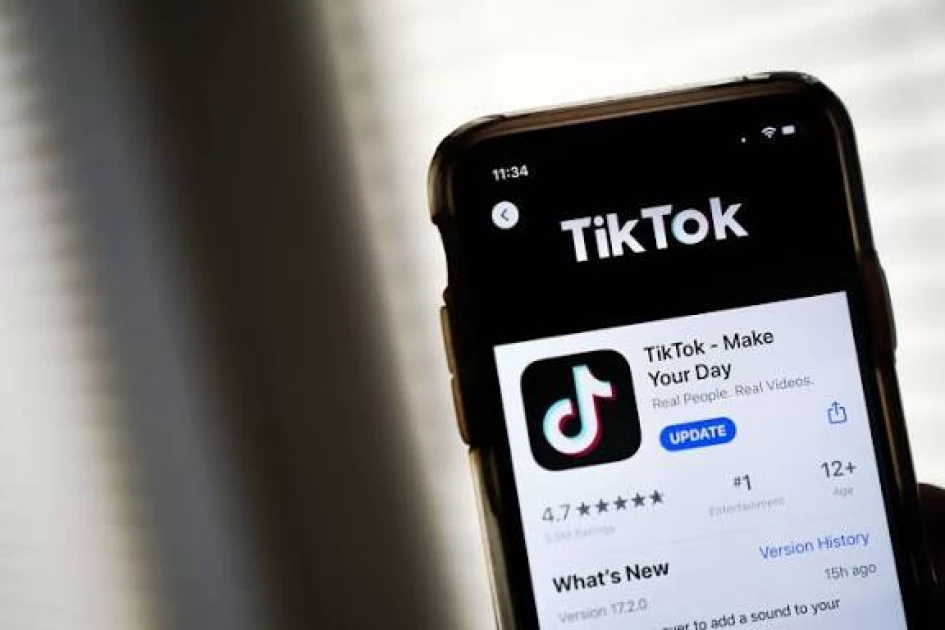The new #KOT: How Kenyans on TikTok became a movement

TikTok app

Audio By Vocalize
As we already reported, Kaluma Boy's magical appeal was made possible by the creator's ingenious use of the TikTok algorithm to consistently push his message across - effectively reaching thousands of people who resonated with his story, sympathised with him, invested in his content, and fervently canvassed for him.
Kaluma Boy wasn't loud. He wasn't obnoxious either. He wasn't showy or gaudy. He didn't jump on existing trends or use catchy soundbites to push his narrative.
He was authentically raw and measured. He presented his case in the most human way, the most legitimate way; Kaluma Boy's unique appeal was his ticket to TikTok stardom, his pain becoming the emblem of his viral digital existence.
Before Kaluma, there were more characters who shot to stratospheric fame - or infamy - on TikTok; their antics, notoriety, brash attitudes and colourful personalities endearing them to millions of Kenyans who followed them daily, mesmerised by their escapades and hypnotised by their spellbinding allure.
Household names like Azziad Nasenya, Nyako, Baba Talisha, Nasieku, Moya David and the late Brian Chira are some of the easily mentionable names whose diverse TikTok content propelled them to inconceivable heights, earning them incredible fame and even fortune.
Brian Chira's sudden death rocked TikTok in ways not witnessed before; there was mass hysteria, a deafening avalanche of tributes, a choking supply of TikTok Lives, a tremendously huge outpouring of digital grief and a never-ending stream of fundraisers which kept mutating each passing day.
It was more than just a death - it was the classic explanation of the cosmic power of the TikTok multiverse and its undefeated ability to shape conversations, tilt the scales, move the masses and impact an entire nation.
His funeral, too, was more than just a gathering of mourners; it was a galactic gathering of thousands of TikTok users who, in their sheer numbers, once again defined the indomitable spirit of the video-sharing avenue.
Over the past few years, TikTok has transformed from a simple lip-syncing app to a global powerhouse of creativity and influence.
As of 2025, TikTok has over 1 billion active users worldwide, with a significant portion of its user base being young adults and teens. This demographic is highly engaged, spending an average of 52 minutes per day on the app.
Launched in 2017, the social media platform that was once referred to as the “dancing app” has now become a major juggernaut in the Kenyan cultural evolution, becoming an invincible tool in the age of mass marketing and launching superstars overnight, just by the blinding spell of a 40-second video and a favourable algorithm.
During the height of the Gen Z anti-government demonstrations, Kenyans heavily relied on TikTok to tell what was happening, who was where, which streets had the most crowds, what the street temperature was, and what the police were up to.
TikTok 'LIVES' would garner thousands of active viewers as Kenyans kept tabs on the happenings in the streets and the aftermath of police confrontations.
Through these same 'Lives', and other videos shared on the platform, Kenyans would know, in real time, of police killings, arrests, disappearances, street shootings and pretty much all the skirmishes associated with the deadly riots.
While X (formerly Twitter) used to be the most powerful platform of communication and mobilisation in Kenya, especially with the ferocious activities started by the fierce #KOT (Kenyans on Twitter), TikTok now appears to have totally taken over the force and positioned itself as the foremost tool of driving narratives, shaping conversations, mobilising the masses and ruthlessly penetrating the Kenyan online pysche.
The sheer size and reach of TikTok, along with the rapid-fire nature of its short-form content and its ever-adjusting algorithm, have contributed greatly to the ephemerality of digital trends.
With a powerful algorithm that rapidly curates content, creating communities and fostering trends in politics, culture, and social issues, TikTok has bypassed traditional media - and all other social media platforms - in reaching millions of users within hours and having a real-time effect on Kenyans.
As the platform continues to evolve, its influence on the Kenyan culture will only grow stronger, reshaping how we interact with the world.
It’s not only about the next viral dance or meme, it’s about the platform’s ability to bring diverse voices into the spotlight and spark conversations that matter.
By bridging gaps between the digital and real worlds, TikTok is not just reflecting cultural shifts but actively driving them, making it a key player in the ever-changing landscape of modern society.


Leave a Comment